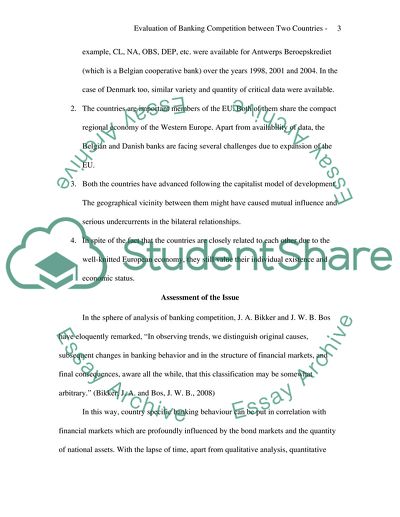Cite this document
(Evaluation of Banking Competition between Two Countries Assignment, n.d.)
Evaluation of Banking Competition between Two Countries Assignment. Retrieved from https://studentshare.org/finance-accounting/1567632-evaluation-of-banking-competition-between-2-countries
Evaluation of Banking Competition between Two Countries Assignment. Retrieved from https://studentshare.org/finance-accounting/1567632-evaluation-of-banking-competition-between-2-countries
(Evaluation of Banking Competition Between Two Countries Assignment)
Evaluation of Banking Competition Between Two Countries Assignment. https://studentshare.org/finance-accounting/1567632-evaluation-of-banking-competition-between-2-countries.
Evaluation of Banking Competition Between Two Countries Assignment. https://studentshare.org/finance-accounting/1567632-evaluation-of-banking-competition-between-2-countries.
“Evaluation of Banking Competition Between Two Countries Assignment”, n.d. https://studentshare.org/finance-accounting/1567632-evaluation-of-banking-competition-between-2-countries.


